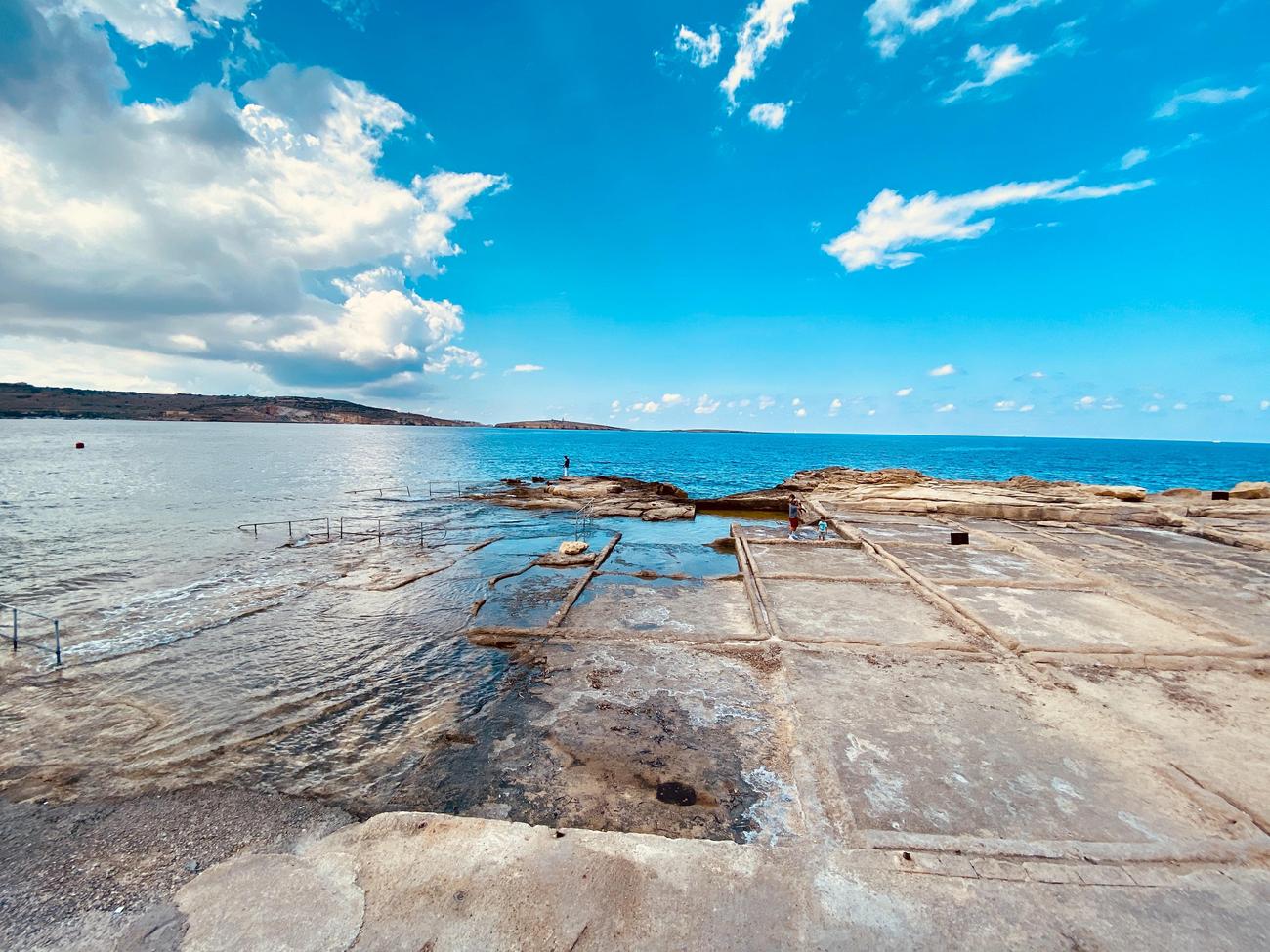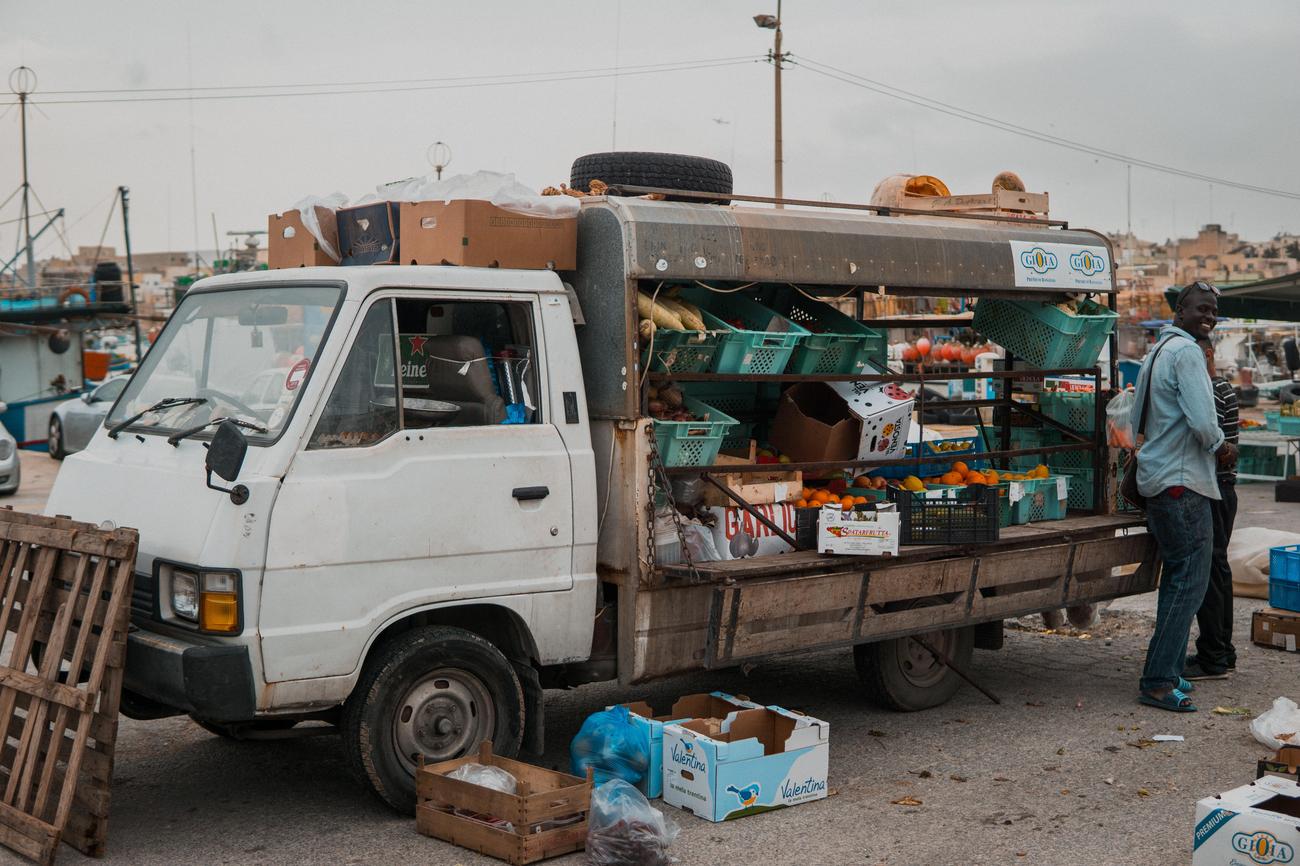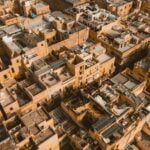Are you ready to dive into the fascinating world of Malta’s population demographics? Brace yourself for an enlightening journey as we unravel the intricacies of age structure, ethnic diversity, migration patterns, and socioeconomic disparities. As a seasoned journalist with a passion for understanding the dynamics that shape communities, I invite you to join me in exploring the captivating story behind Malta’s diverse population. Get ready to be captivated by the rich tapestry of this small but vibrant island nation and the insights it holds regarding its inhabitants.

Malta population demographics
Malta, a small archipelago in the Mediterranean Sea, is home to a diverse and dynamic population. With a population of approximately 464,186 people in 2022, Malta has experienced a population growth rate of 0.67%. The majority of the population, around 94.8%, resides in urban areas, with the capital city of Valletta being the major urban area with a population of 198,000.
Age Structure: Unveiling the Shifting Generations
Examining Malta’s population demographics reveals a fascinating age structure. The Maltese population is characterized by a significant proportion of older individuals, contributing to the overall aging population trend observed in many developed nations. However, despite this trend, there is also a significant representation of younger generations, reflecting the vitality and diversity within the population.
At one end of the age spectrum, we witness the wisdom and experience of the older generation, who have witnessed the transformation of the Maltese society over the years. At the other end, the younger generation brings energy, innovation, and new perspectives, shaping the future of Malta. Together, these different generations contribute to a vibrant and multifaceted society.
As we delve deeper into the age structure, it becomes evident that there are both opportunities and challenges associated with a shifting demographic landscape. The presence of an aging population necessitates careful consideration of healthcare and social welfare resources to support the well-being of older individuals. Conversely, the youthful segment of the population presents an opportunity for future growth, innovation, and economic development.
“Malta’s age structure reveals a captivating interplay between the wisdom of the older generation and the promise of the younger generation.”
Ethnic Diversity: A Melting Pot of Cultures
Malta’s population demographics also reflect its rich history as a crossroads of civilizations throughout the centuries. The Maltese nationality encompasses a diverse mix of influences, resulting from the island’s strategic location and historical interactions with various Mediterranean cultures.
The Maltese population is predominantly of Maltese ethnicity, but it also reflects a vibrant mix of cultural backgrounds, including Italian, British, and Arab influences. This ethnic diversity brings a multitude of traditions, languages, and perspectives, enriching the social fabric of Malta.
“Malta’s ethnic diversity serves as a testament to its position as a melting pot of cultures, united under the shared identity of the Maltese nationality.”
Migration: Adapting and Evolving
Migration plays a significant role in shaping Malta’s population demographics. Over the years, Malta has experienced both emigration and immigration patterns, resulting in a constant evolution of its population composition.
Emigration, particularly in the mid-20th century, led to a significant proportion of Maltese individuals resettling in other countries, primarily the United Kingdom, Australia, and Canada. However, recent years have seen a shift towards net immigration, with Malta attracting individuals from across the globe for various reasons, including employment opportunities, education, and retirement.
This influx of migrants brings a diverse range of skills, traditions, and perspectives, contributing to Malta’s cultural vibrancy and economic growth. However, it also presents challenges related to integration, social cohesion, and the need for comprehensive migration policies to address the needs of both residents and newcomers.
“Migration acts as a transformative force, constantly reshaping the dynamics of Malta’s population and adding new dimensions to its social fabric.”
Socioeconomic Disparities: Unveiling the Inequality Divide
While Malta boasts a high standard of living and a robust economy, it is not immune to socioeconomic disparities. Within its dynamic population, disparities in income, education, and employment opportunities exist, highlighting the need for proactive measures to address inequality and promote social mobility.
Analyzing Malta’s population demographics allows us to identify areas where these disparities are most pronounced. By identifying the geographical and demographic factors correlated with socioeconomic disadvantage, policymakers can develop targeted initiatives to uplift marginalized communities, providing access to quality education, healthcare, and economic opportunities.
Equitable distribution of resources and opportunities is essential for sustainable development and the well-being of all individuals within a society. By addressing socioeconomic disparities, Malta can strive towards a more inclusive and prosperous future for all its residents.
“Understanding and addressing socioeconomic disparities is vital to ensuring the well-being and progress of all individuals within Malta’s diverse population.”
In conclusion, Malta’s population demographics offer a captivating glimpse into the country’s rich tapestry of age structure, ethnic diversity, migration patterns, and socioeconomic disparities. The interplay between generations, the blending of cultures, and the challenges of a changing society all contribute to the dynamic nature of Malta’s population. As Malta moves forward, it must embrace the opportunities presented by these demographic characteristics while working towards a more equitable and inclusive society for all its residents.
Malta, a picturesque Mediterranean island nation, boasts a fascinating population that is well worth exploring. With its rich history, diverse culture, and vibrant traditions, Malta attracts visitors from all corners of the globe. If you’re curious to learn more about Malta’s population and delve into its unique demographics, click here for an insightful exploration of the subject. Discover the intriguing stories behind Malta’s melting pot of inhabitants and gain a deeper understanding of this captivating destination.

FAQ
Question 1: What is the estimated population of Malta in 2022?
Answer 1: The estimated population of Malta in 2022 is 464,186.
Question 2: What is the population growth rate of Malta in 2022?
Answer 2: Malta has a population growth rate of 0.67% in 2022.
Question 3: How many people in Malta reside in urban areas?
Answer 3: 94.8% of the population in Malta resides in urban areas.
Question 4: What is the major urban area in Malta?
Answer 4: The major urban area in Malta is Valletta, with a population of 198,000.
Question 5: What is the nationality of the people in Malta?
Answer 5: The nationality of the people in Malta is Maltese (both singular and plural).
















